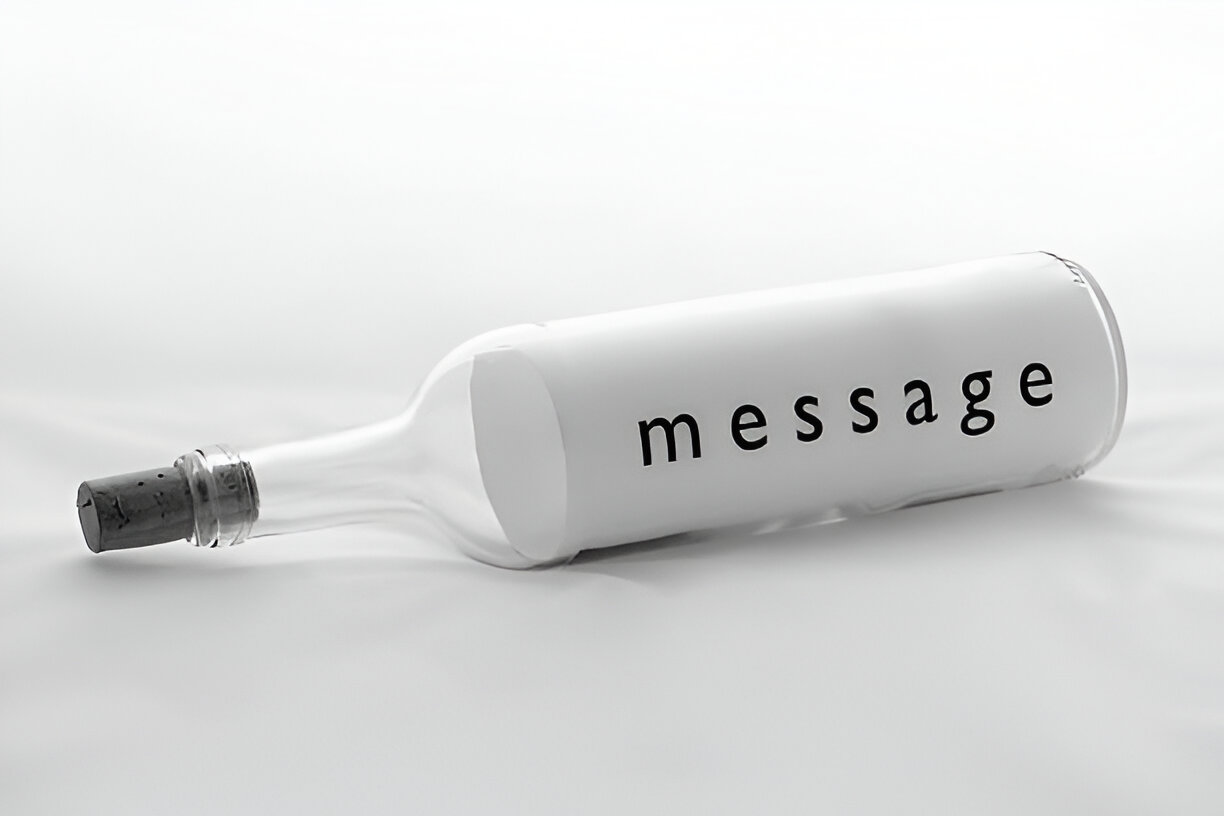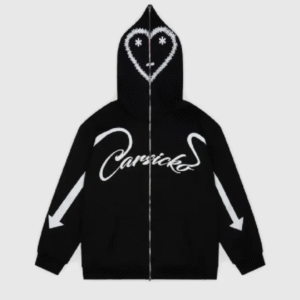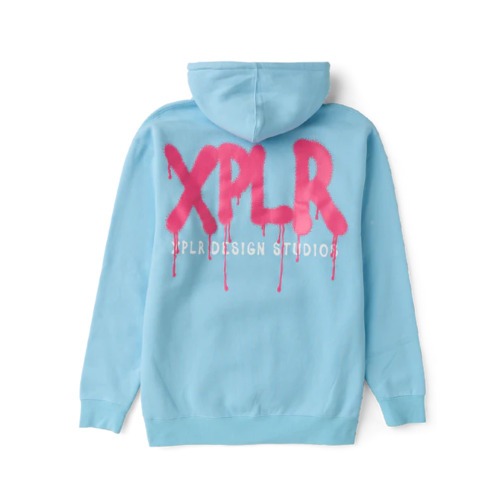Who Do I Hope Finds My Bottled Message and Why?

Have you ever stood at the edge of the sea, clutching a bottle with a handwritten message sealed tightly inside, and imagined who might discover it on some distant shore? Sending a message in a bottle is one of the oldest forms of hopeful communication—an act that defies time, distance, and even logic. It’s part mystery, part wish, and part legacy. But in the 21st century, with all our hyper connectivity, what would it mean to cast a message into the ocean, and more importantly, who would we hope finds it?
My Intended Reader A Dreamer from the Future
If I could choose who finds my bottled message, I hope it reaches a curious, open-minded individual—someone not too different from me, but from a different time or place. Maybe they are a teenager in 2085, standing on the coast of a yet-unnamed island, their eyes wide with wonder. Or perhaps it’s a student in a coastal village in a country I’ve never visited, someone who’s never heard of me but instantly feels seen through my words.
This is why I carefully place more than just words into the bottle. My message is not just a note—it is a creative journal, a snapshot of thought and emotion, of wonder and fear, of hope and realization. And it belongs to something bigger, something global and forward-thinking 21st Century Learning Creative Journals In A Bottle.
Not Just a Message A Time Capsule of Thought
Inside the bottle, there’s more than ink and paper. There’s a metaphor for what learning has become in the 21st century: portable, personal, and profound. No longer confined to textbooks or classrooms, learning now thrives in every corner of life, from the ocean tides to the sound of a city at night. That’s why this bottled message is a journal—a creative one. A space where reflections, drawings, ideas, and dreams coexist.
What I hope the reader finds is not a perfect narrative, but a layered and honest exploration of a mind in motion. In my journal, they’ll see my thoughts on climate change, mental health, artificial intelligence, cultural identity, and the nature of being connected yet alone. There are sketches of cities I hope to visit, maps of imaginary lands, and quotes from poets I admire. There are frustrations, confessions, and declarations of joy. In other words, it’s a mosaic of what it means to be alive right now.
Final Thought
There is something deeply powerful about imagining someone reading your words decades or even centuries from now. It’s an act that turns learning into legacy. It says, “I was here. I thought. I felt. I questioned.” And it gives the future a chance to respond. Maybe the person who finds my journal will write one of their own. Maybe they’ll send it back out to sea, continuing the cycle. Or maybe they’ll start a digital project inspired by it—an archive of anonymous creative journals that speak to generations yet to come.

